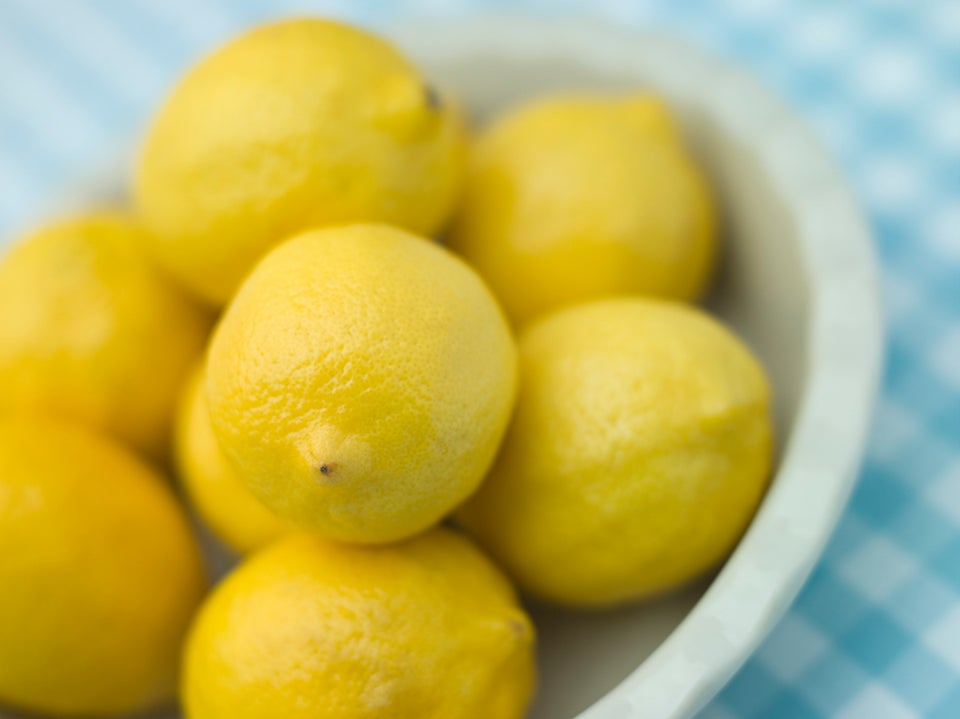We’re sorry to be the bearers of bad news, but the “five second rule” is not a thing.
Researchers at Rutgers university have disproven the widely accepted notion that it’s okay to scoop up food and eat it within a “safe” five-second window.
They found that bacteria may transfer to food that has fallen on the floor no matter how fast you pick it up.

Lead researcher Donald Schaffner, professor and extension specialist in food science, found that moisture, type of surface and contact time all contribute to cross-contamination. In some instances, the transfer begins in less than one second.
“The popular notion of the ‘five-second rule’ is that food dropped on the floor, but picked up quickly, is safe to eat because bacteria need time to transfer,” Schaffner said.
“We decided to look into this because the practice is so widespread. The topic might appear ‘light’ but we wanted our results backed by solid science.”
The researchers tested four surfaces – stainless steel, ceramic tile, wood and carpet – and four different foods - watermelon, bread, bread and butter, and gummy sweets.
They also looked at four different contact times – less than one second, five, 30 and 300 seconds - and measured bacteria contamination.
Not surprisingly, watermelon had the most contamination while gummy sweets had the least.
“Transfer of bacteria from surfaces to food appears to be affected most by moisture,” Schaffner said.
“Bacteria don’t have legs, they move with the moisture, and the wetter the food, the higher the risk of transfer. Also, longer food contact times usually result in the transfer of more bacteria from each surface to food.”
Perhaps unexpectedly, carpet was found to have very low transfer rates compared with those of tile and stainless steel, whereas transfer from wood was more variable.
So while the researchers demonstrated that the five-second rule is “real” in the sense that longer contact time results in more bacterial transfer, they also found other factors, including the nature of the food and the surface it falls on, are of equal or greater importance.
“The five-second rule is a significant oversimplification of what actually happens when bacteria transfer from a surface to food,” Schaffner said.
“Bacteria can contaminate instantaneously.”
